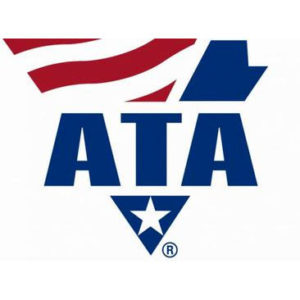ATRI unveils top five research areas for 2022
From Transport Topics. The American Transportation Research Institute unveiled its top five research areas for 2022 at American Trucking Associations’ annual Mid-Year Management Conference May 16. During a wide-ranging panel discussion, ATRI President and Chief Operating Officer Rebecca Brewster said ATRI decided on these items after hearing from the institute’s Research Advisory Committee, which is…

From Transport Topics.
The American Transportation Research Institute unveiled its top five research areas for 2022 at American Trucking Associations’ annual Mid-Year Management Conference May 16.
During a wide-ranging panel discussion, ATRI President and Chief Operating Officer Rebecca Brewster said ATRI decided on these items after hearing from the institute’s Research Advisory Committee, which is composed of a cross-section of industry leaders and is charged with recommending a research agenda to ATRI.
The top area for research will be the ongoing issue of marijuana and other drugs and the impact of decriminalization on the trucking industry.
“This is actually an update to a study that ATRI released in 2019, where we looked at the growing number of states that decriminalized marijuana,” Brewster told Transport Topics. “We’re looking at the safety impact in those states that have liberalized their laws. We know there are high numbers of drivers who have done a pre-employment screen and they show up in the Drug and Alcohol Clearinghouse, but they do not initiate their return-to-duty process or leave the industry altogether.”
As of April 1, 89,000 of the more than 119,000 drivers who failed at least one drug test have yet to enroll in the return-to-work process. Only about 29,000 have completed the process and are eligible to drive again, and 56% or nearly 71,000 drivers have tested positive for marijuana.
Brewster said the industry does not want unsafe, impaired drivers, but the industry needs some sort of field-sobriety test for marijuana similar to the one in use for many years to judge a driver’s possible alcohol impairment.
See the complete article online at Transport Topics.
